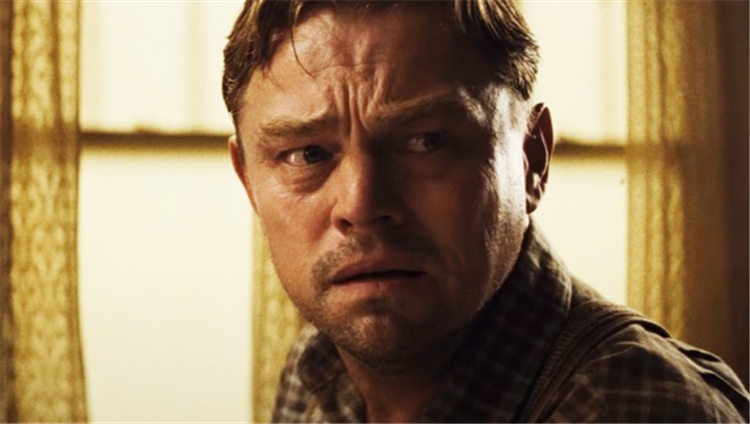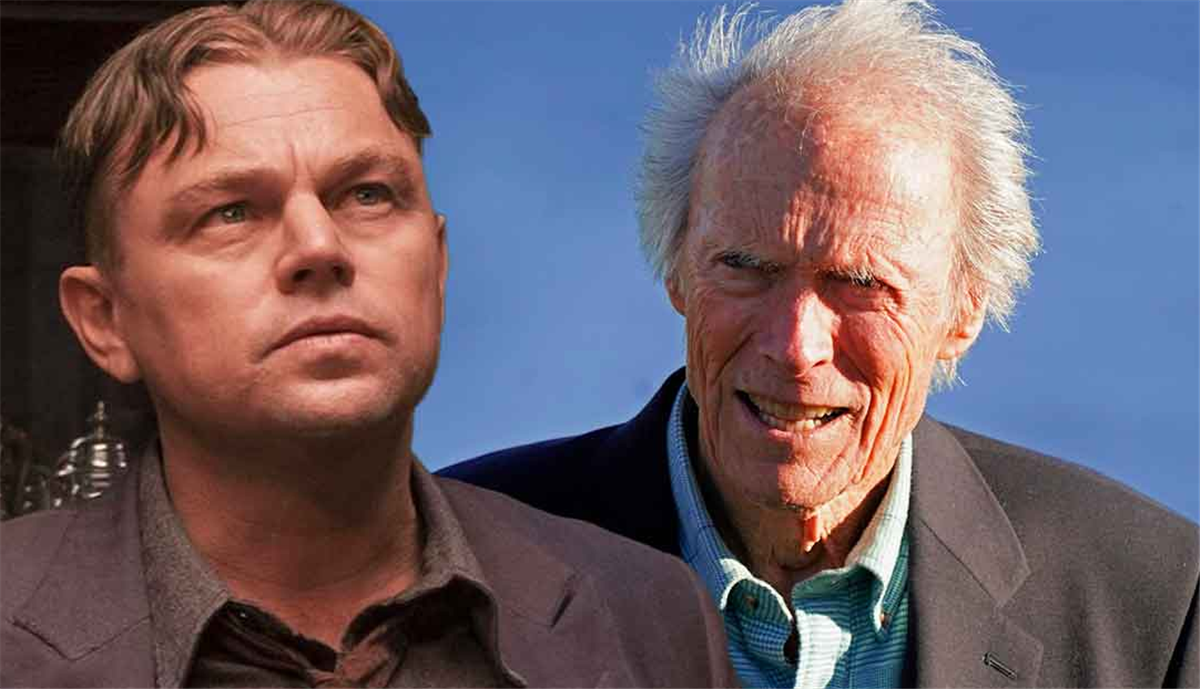This article contains spoilers for “Killers of the Flower Moon.”
Martin Scorsese’s new film “Killers of the Flower Moon,” based on true events, takes place in the Osage Nation just after World War I. The Osage people have a vast reservoir of oil on their land and have, very quickly, become some of the wealthiest people on the planet.
The movie mostly surrounds a man named Ernest (Leonardo DiCaprio), a weak-willed former soldier who is just looking for a job. Ernest falls into the employ of his uncle, William King Hale (Robert De Niro), a real-life local politician who claimed to speak for the Osage people and to be a friend of the community, but who was in fact bilking the community for their money, murdering its citizens, and doing everything in his power to rearrange Osage wealth so that it flowed toward white men. Hale even encouraged white men to marry Osage women and then murder them for their fortunes. Because of racism and the cloistered nature of Osage land, the federal government stayed uninvolved for years.
But they did eventually get involved. Thanks to in-person appeals by the Osage people made to President Calvin Coolidge, the relatively new Federal Bureau of Investigation was eventually sent to the Osage Nation to solve the mystery of these murders. The last hour of the film sees a calm-minded agent named Tom White (Jesse Plemons) slowly uncovering Hale’s and Ernest’s vast malfeasances and arresting them for their crimes. White mentions that he is merely following the orders of his boss, J. Edgar Hoover, the notorious lawman who became head of the FBI in 1924.
Those who remember the year 2011 might recall that Clint Eastwood directed a biopic of Hoover called “J. Edgar.” The title character was played by Leonardo DiCaprio. Thanks to that film, DiCaprio hangs over himself in “Killers of the Flower Moon.”
J. Edgar

Eastwood’s “J. Edgar” was one of the better examples of “This had Oscar buzz” filmmaking in recent memory. It was a major studio release from a prestigious, prolific, and legitimately legendary director. “J. Edgar” was written by Dustin Lance Black, who won an Academy Award in 2009 for “Milk.” The film starred a three-time Oscar nominee (as of 2011) playing the title role in a historical biopic. Additionally, it featured a lot of old-age makeup. It also positioned itself as a minor exposé, openly discussing Hoover’s sexuality as well as his longtime live-in boyfriend, Clyde Tolson (Armie Hammer).
The early parts of the film depict Hoover as he was seen in major Hollywood pictures of the 1950s, as a steely hero whose rule over the FBI led to dramatic arrests and dismantling of large criminal enterprises. It wasn’t until the second half of the film that Hoover’s many, many malfeasances would be revealed, and the tone of the film shifted. In a scene right at the end, when the two lead characters are old men, Tolson confronts his boyfriend about his many crimes, reminding him not to believe “the myth of J. Edgar Hoover.” It seems Hoover was unable to hear that.
Despite its pedigree and its subject matter, “J. Edgar” received no Oscar nominations, and received fewer accolades than one might have anticipated. It likely didn’t help that Eastwood employed his typical dreamy tone and languid pacing to the film, making it dull and colorless. “J. Edgar” currently holds a 43% approval rating on Rotten Tomatoes. (Also, the old-age makeup was laughably bad, with DiCaprio and Hammer sometimes looking no better than the title characters from Harmony Korine’s “Trash Humpers.”)
J. Edgar vs. Ernest Burkhart

J. Edgar Hoover doesn’t appear in Scorsese’s “Killers of the Flower Moon,” but the back end of the movie does feature a cadre of G-Men orbiting ever more closely to Ernest and William King Hale. Plemons, as mentioned, played the real-life FBI agent Tom White, and Pat Healy plays one of his lieutenants. There are multiple scenes of the FBI agents meeting in remote locations, gathered outside their cars, comparing notes on how wild the crime has become in Osage Country. Hoover remains an abstract presence in “Flower Moon,” and fans of Hollywood prestige pictures will likely be placing DiCaprio’s version of the man into his role.
While watching “Flower Moon,” I admit I briefly pictured a split-screen scene wherein DiCaprio would act opposite himself. However fun that might have been, Scorsese is hardly the type of filmmaker to engage in such pop culture gimmicks. He’s more likely to feature a brief narrative flourish wherein, say, the story is completed via a years-later fictionalized recap. Which is, of course, what he did.
With “Flower Moon,” Scorsese wanted to expose the injustices suffered by the Osage people at the hands of blustering white supremacist criminals and their all-too-natural propensity for murder and exploitation. The Osage people aren’t as heavily featured in the film’s back half, as the story begins to focus on the tightening net and the way the criminals try to wriggle out of it. As such, the final narrative wrinkle really does come down to a man played by Leonardo DiCaprio vs. a man once played by Leonardo DiCaprio.
